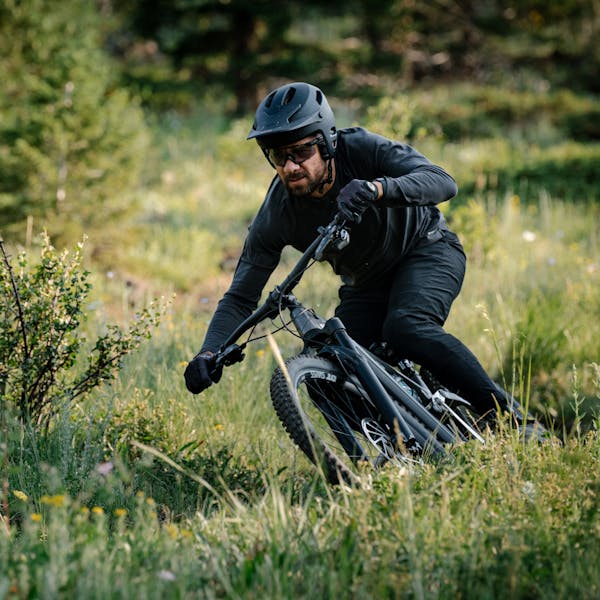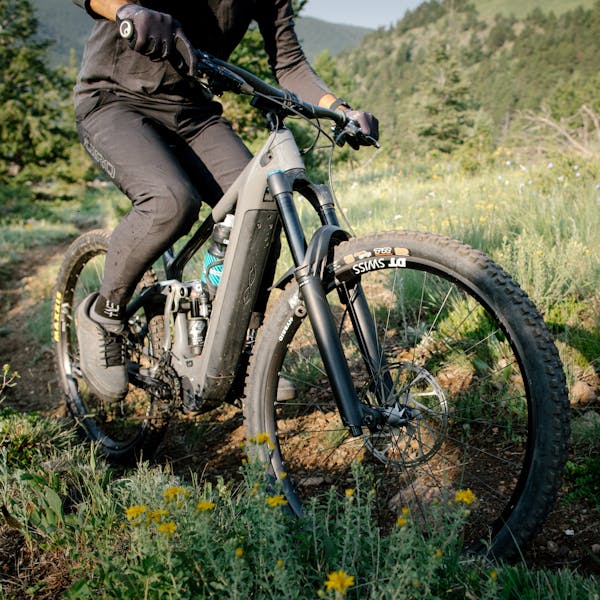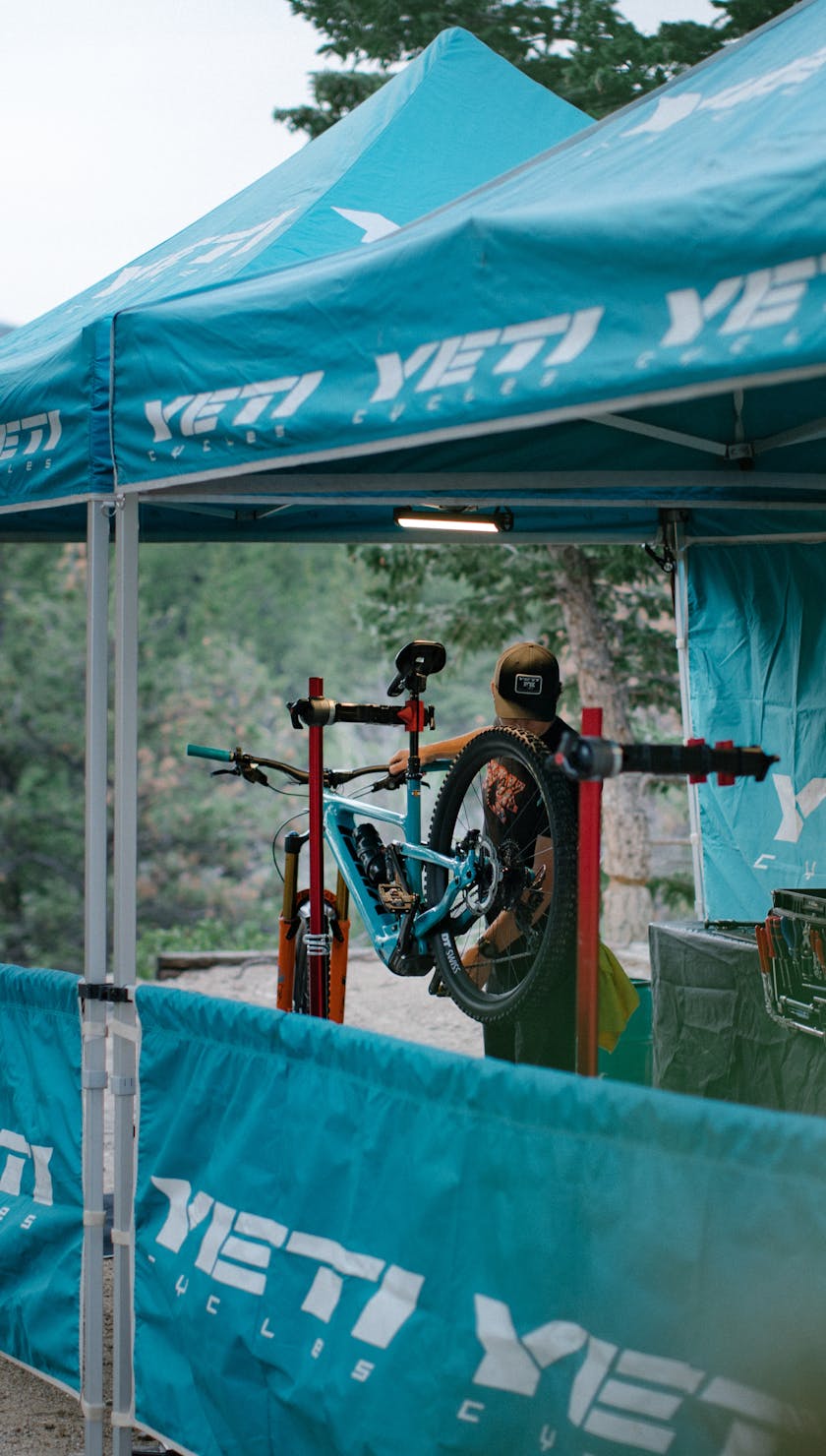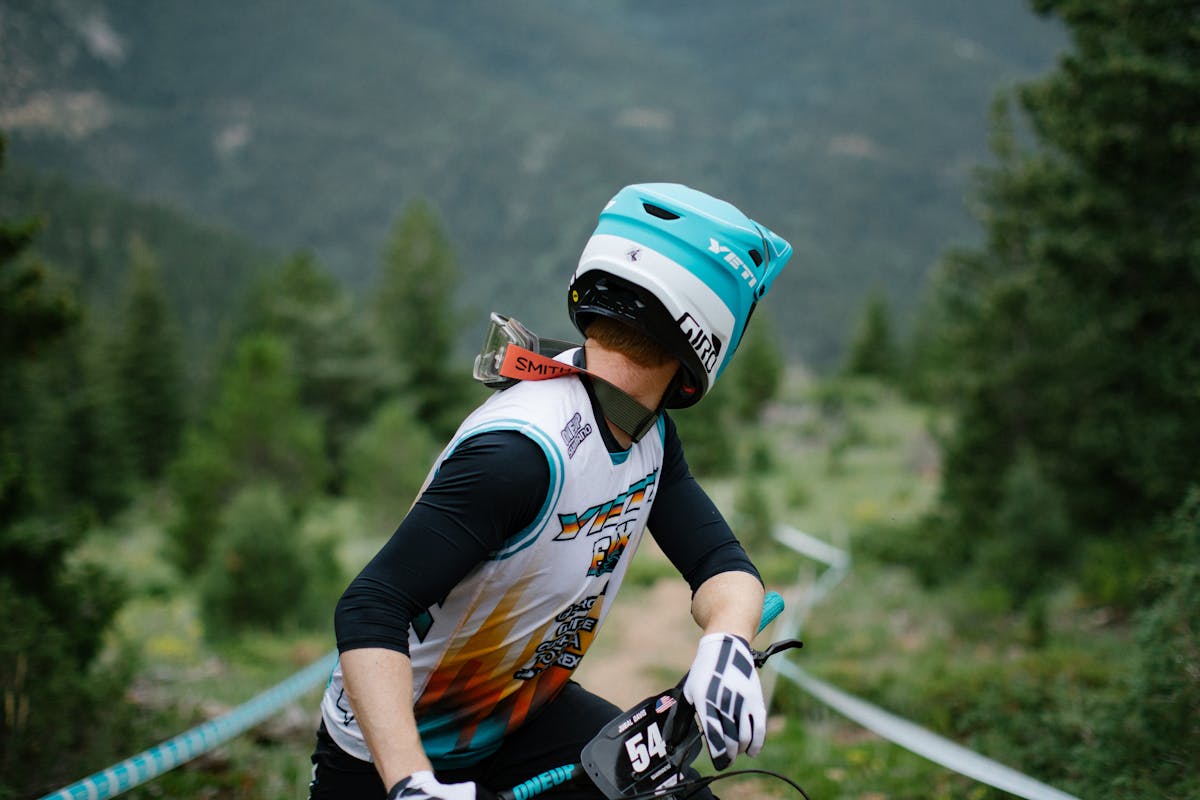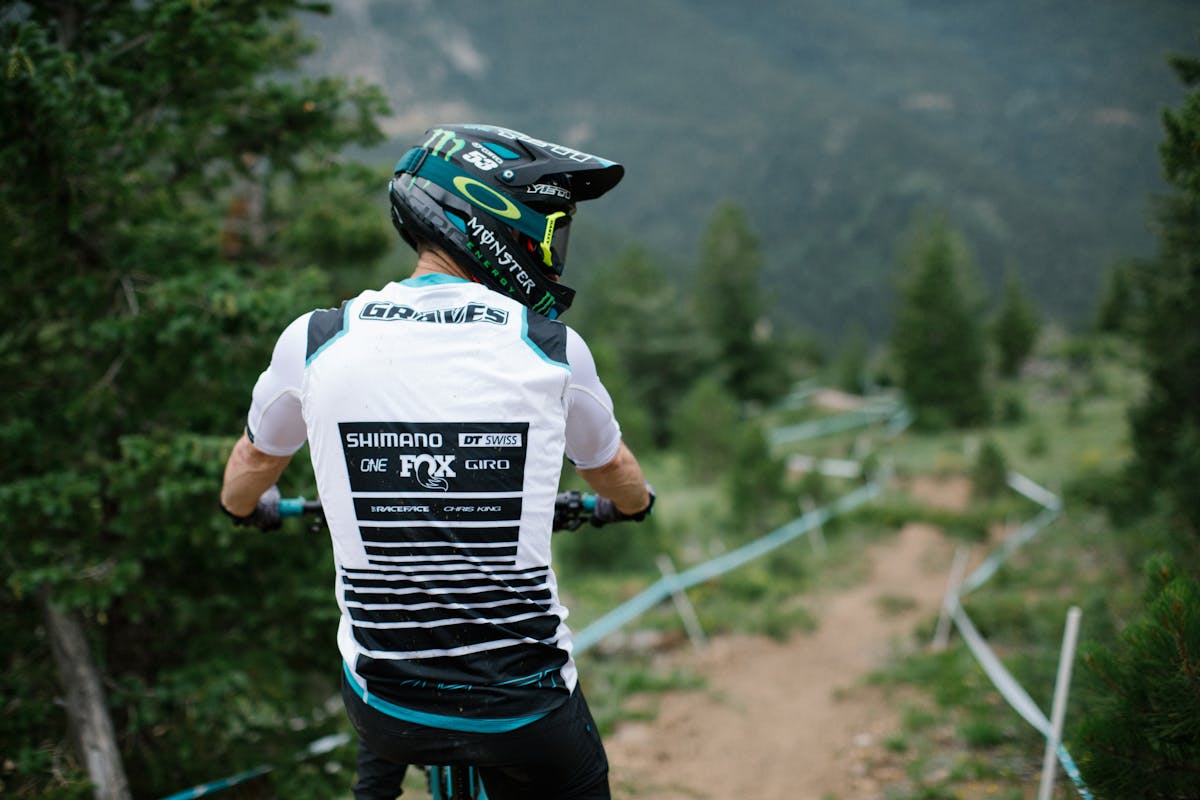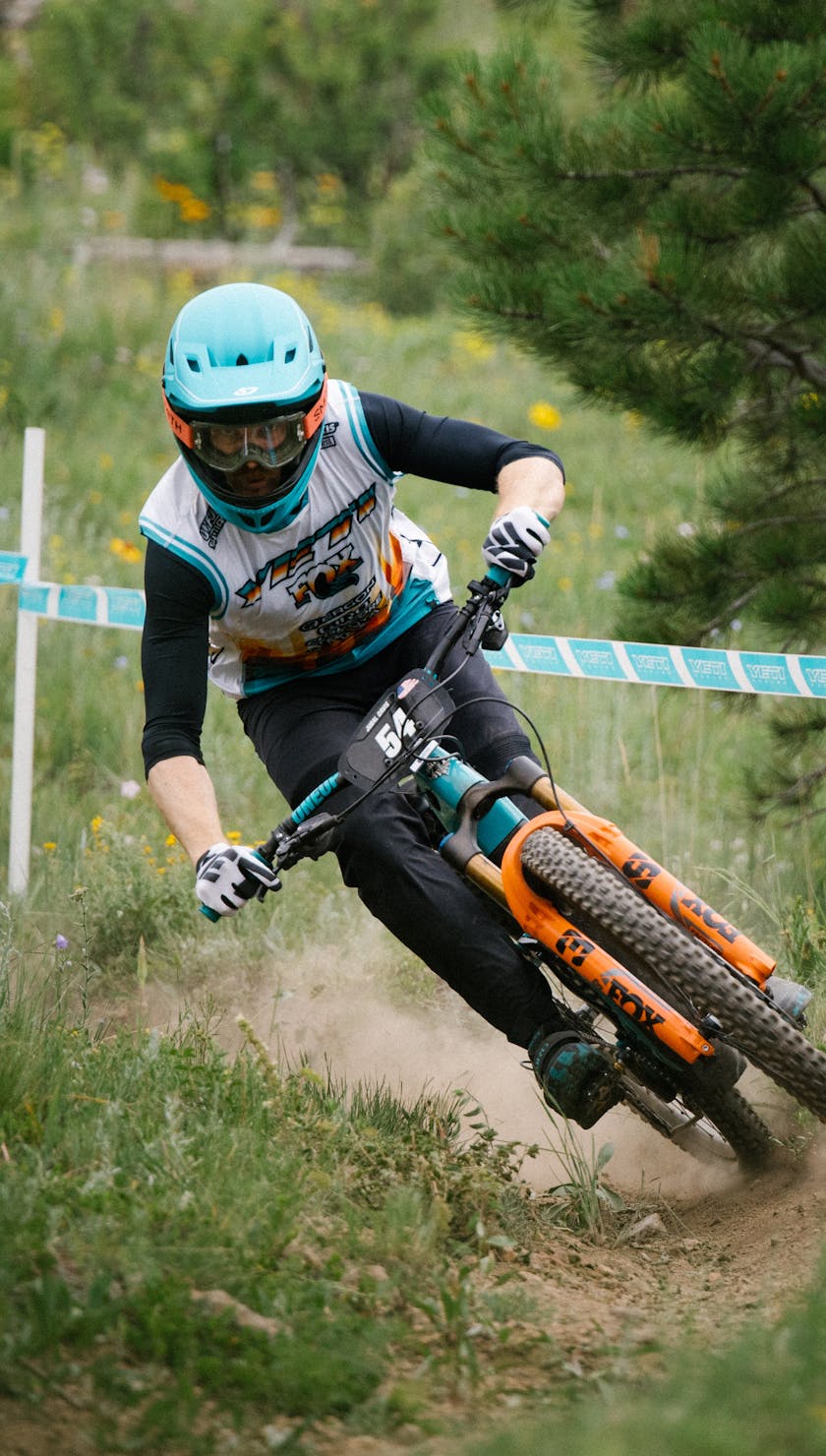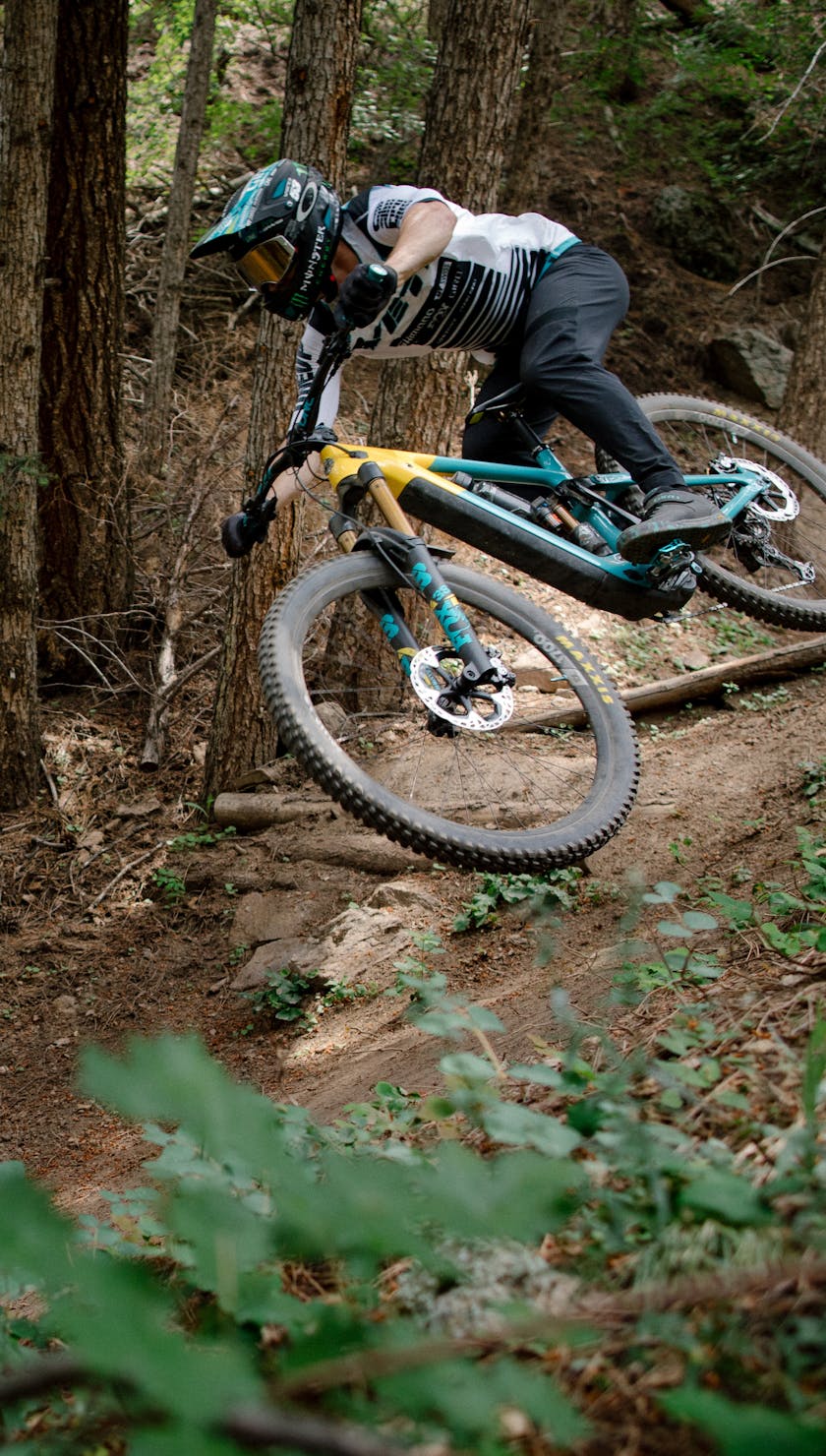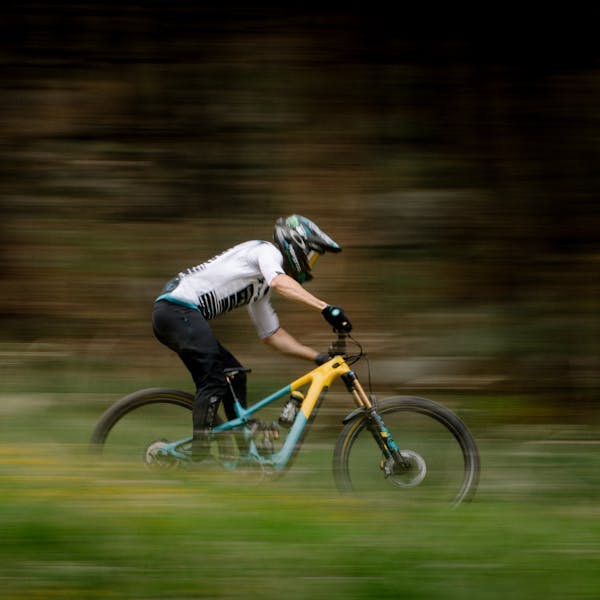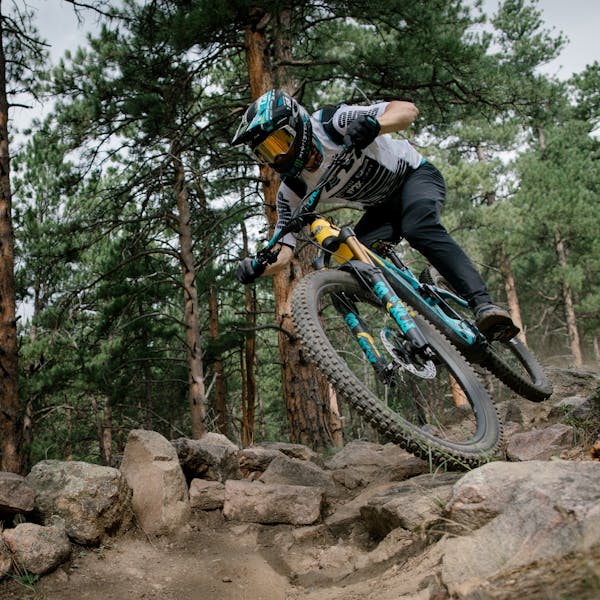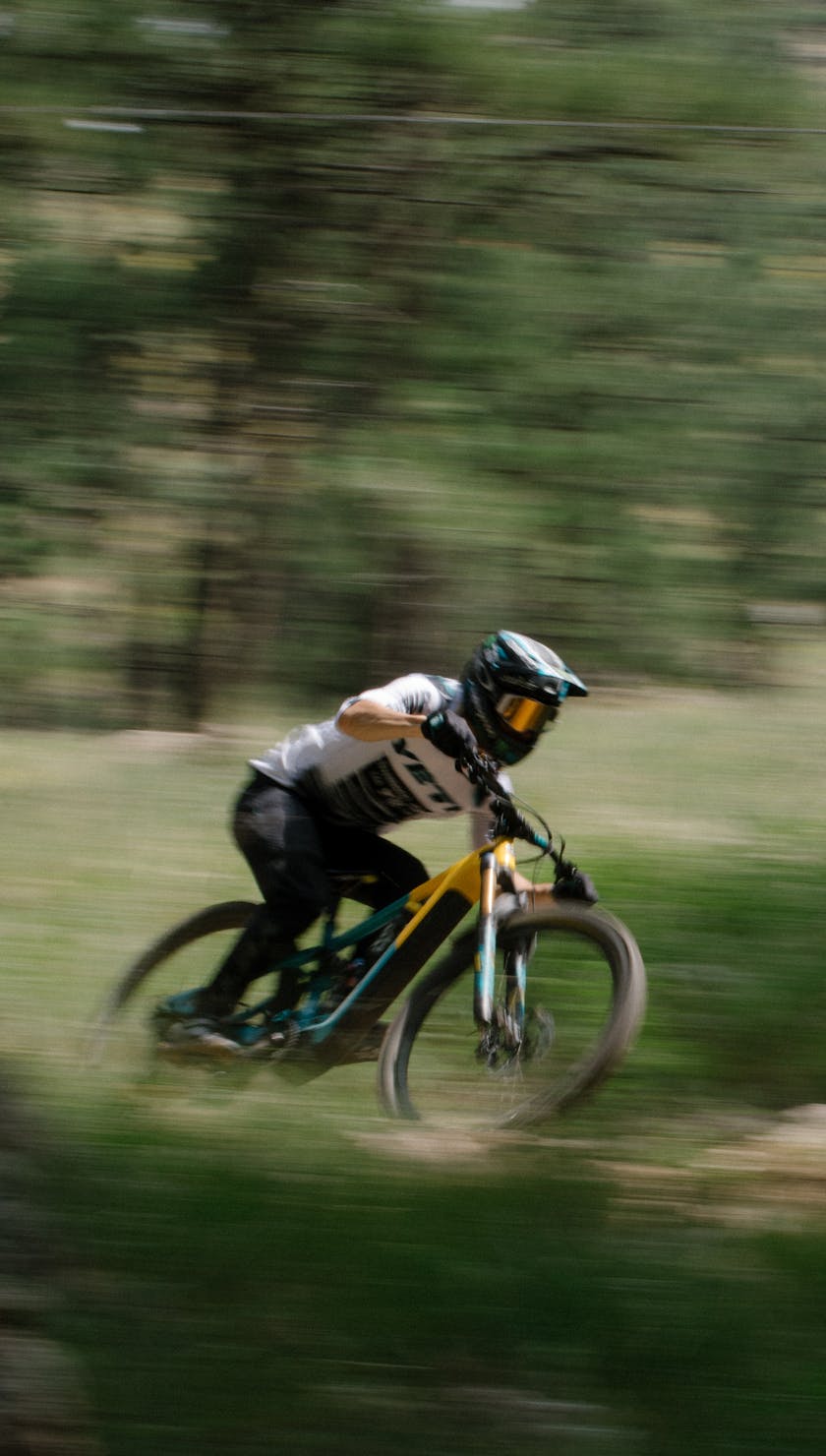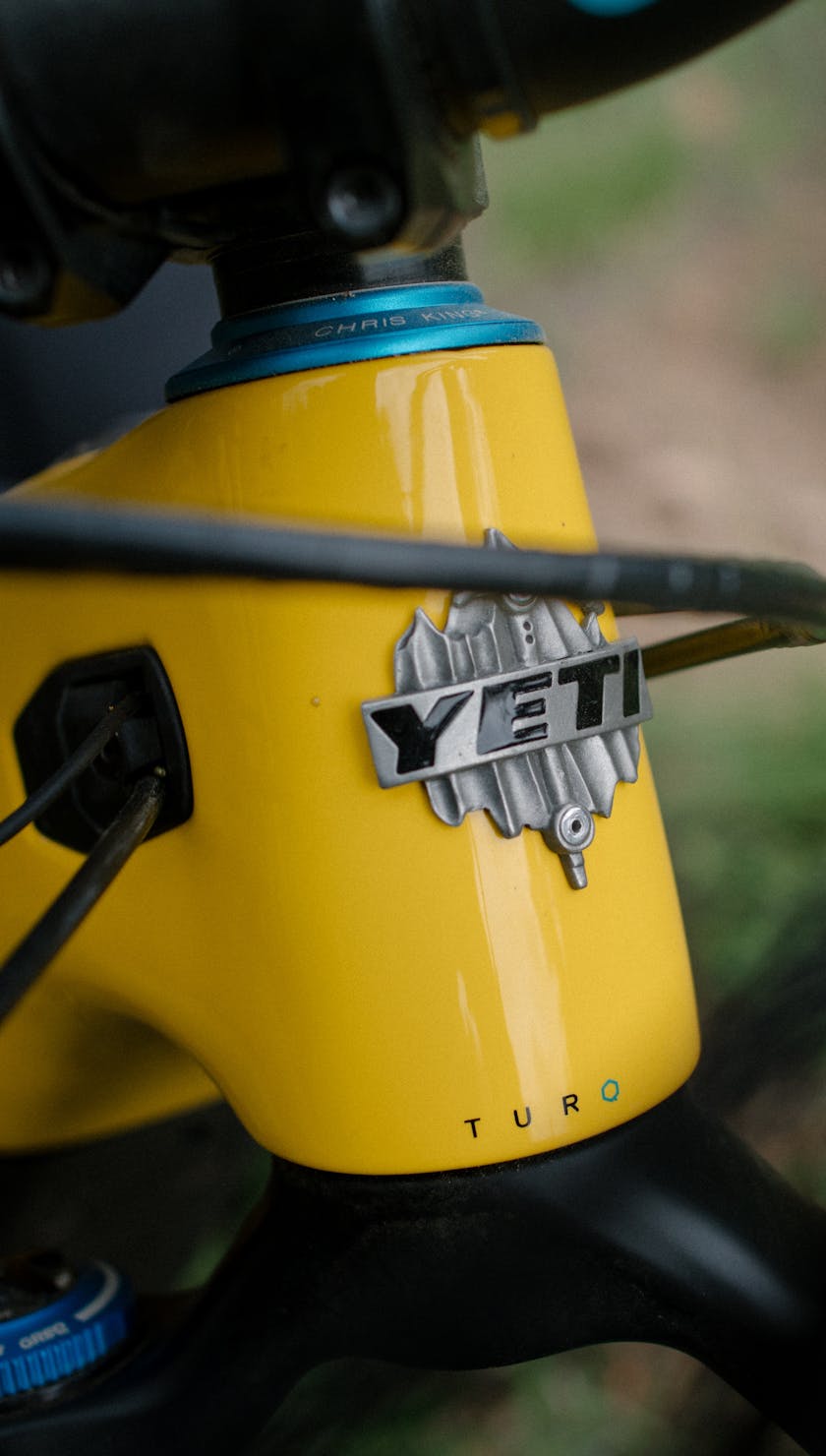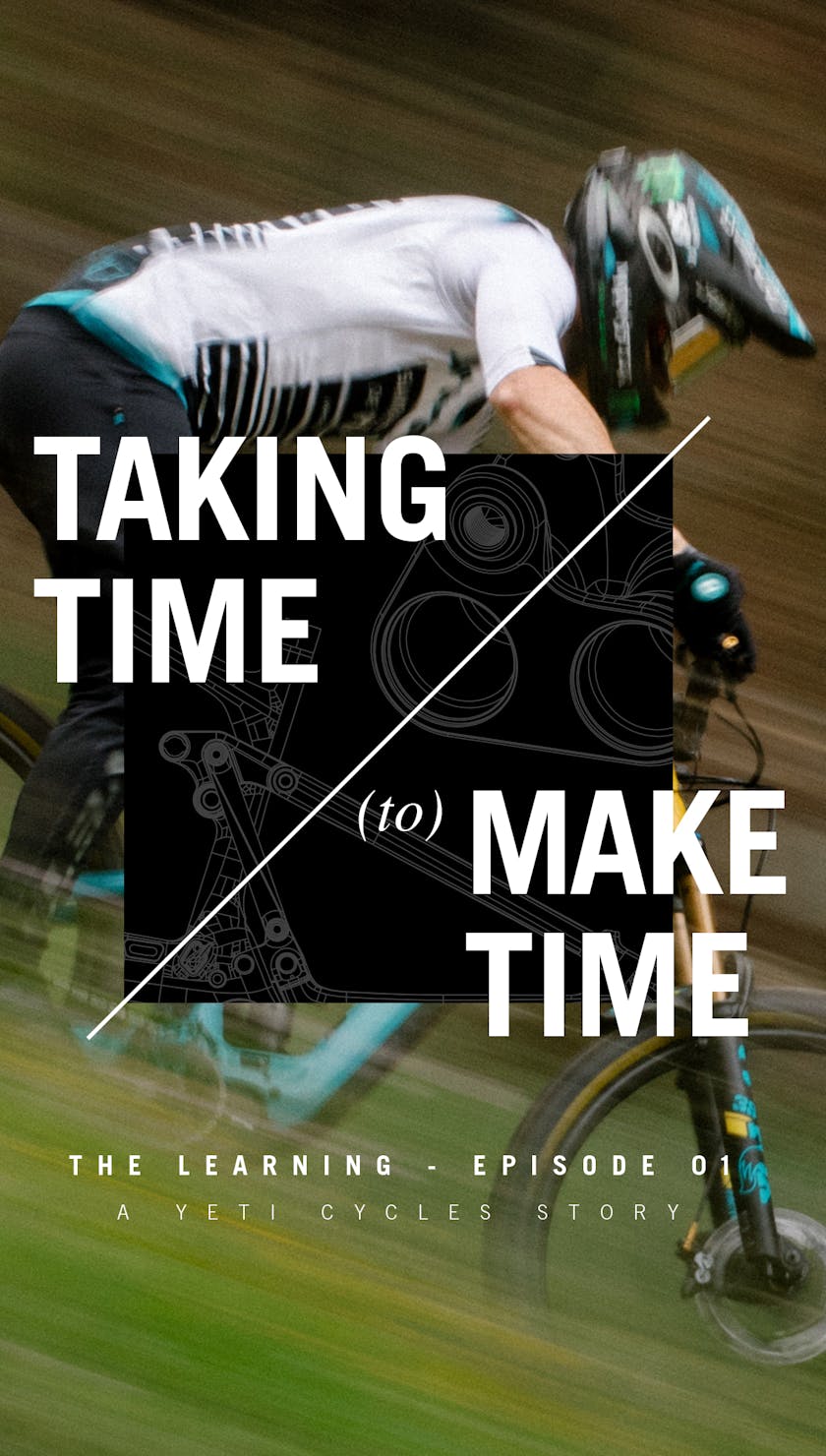
Racing and competition has always been the cornerstone of product development at Yeti Cycles.
We often find ourselves chasing speed and thinking about how to make our riders faster, rather than chasing the latest industry fad. So when it came to developing an e-MTB it wasn’t quite as simple as slapping a motor on and calling it good. That would have been easier, but it wouldn't have allowed us to create a bike that addresses the unique challenges and opportunities an e-MTB presents.
Racing. Why racing? The first reason is that we’re pretty competitive and love to stand on top of the podium. The second is the race track doesn't lie. It takes a skilled pilot and dialed product to go fast. We always test our new technology under our racers - 303 technology, Switch or Switch Infinity. As Stretch says, “If we can build a bike that performs in the most challenging conditions for the best athletes in the world then we’re going to be successful.”
Putting a motor on a bike is the easy part. Getting it to perform like we want – that part is tricky. Where does the motor go? How about Switch Infinity? Greater acceleration. More mass. More torque. How can a 50 lb bike ride light? How do we optimize for all of this?
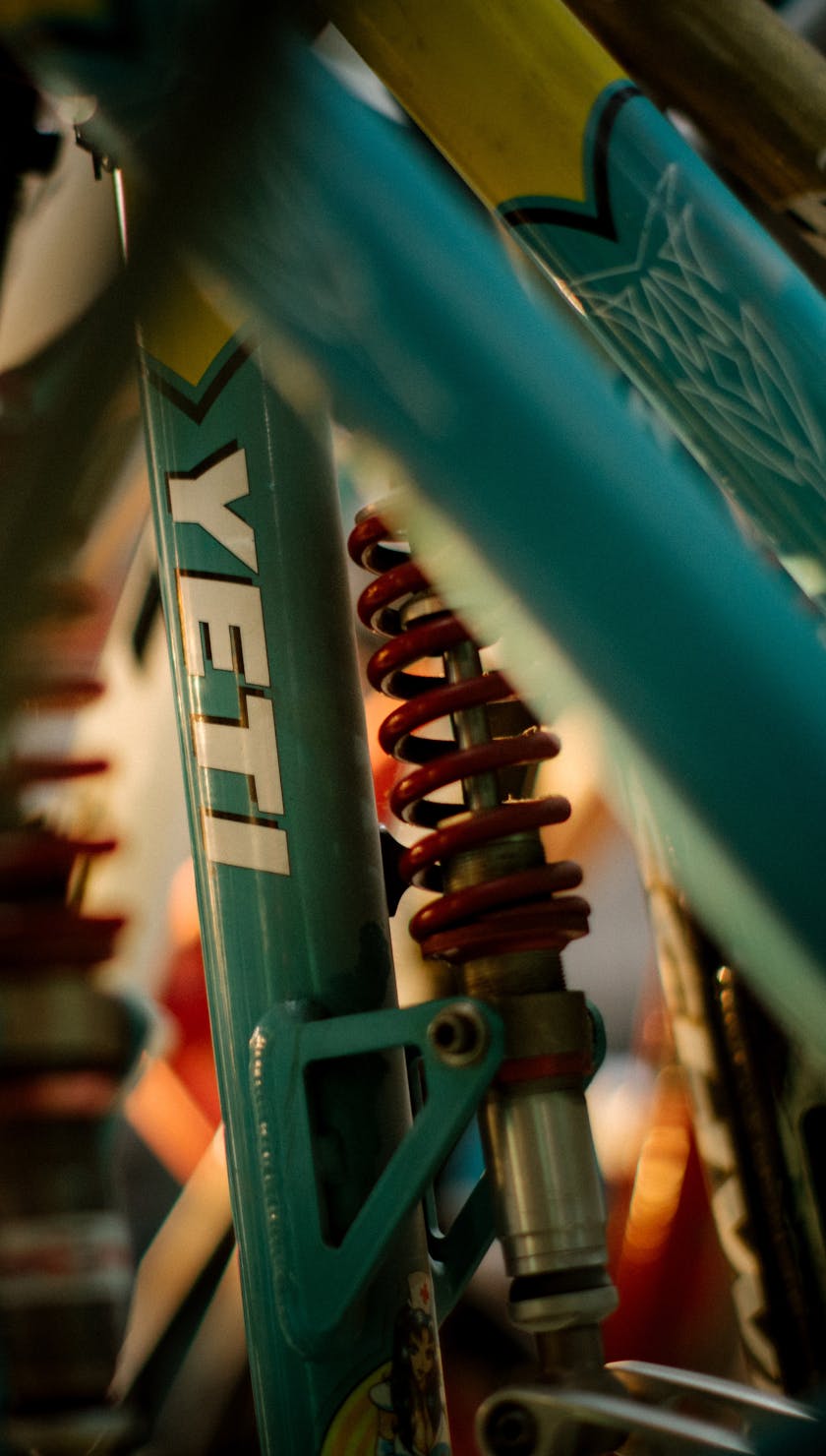
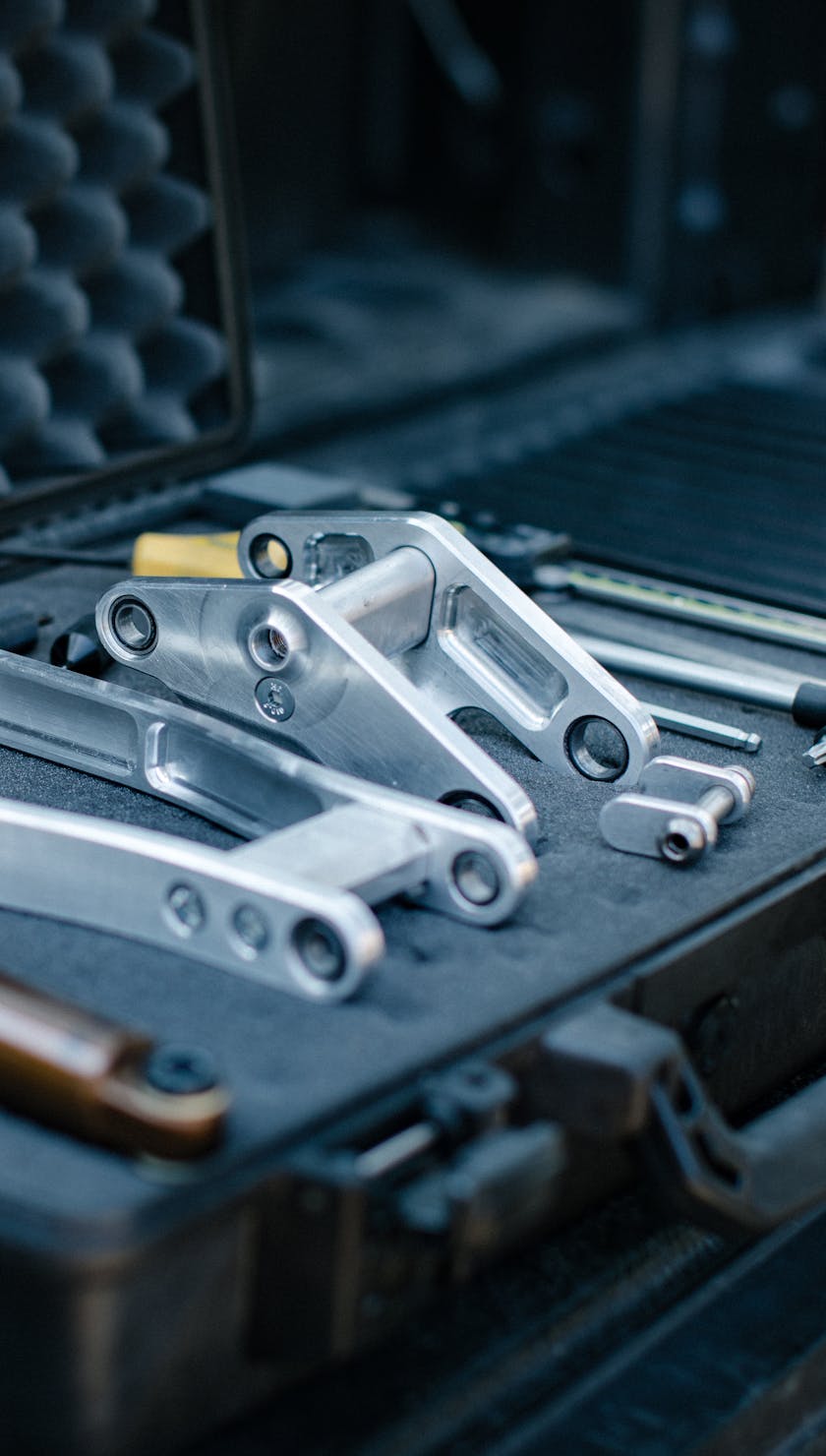
We started with figuring out a way to optimize the kinematics of the 160E to provide racers the fastest e-MTB with confidence inspiring traction up and down the track. An e-MTB is in a unique position on the spectrum of 2-wheeled vehicles where the bike is assisted but is still pedaled, meaning we had to carefully consider the balance between traction and added power. The added mass and increased acceleration an e-MTB provides are two of the biggest differences between an analog pedal bike and an e-MTB. Those two items greatly affect the amount of traction you have at any given time.
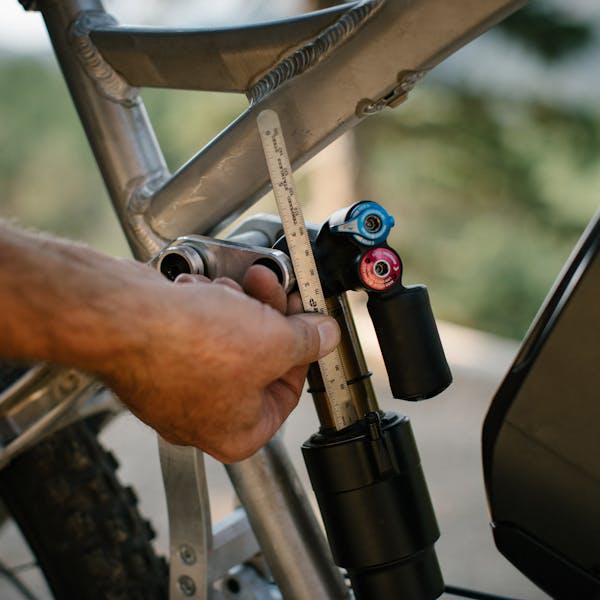
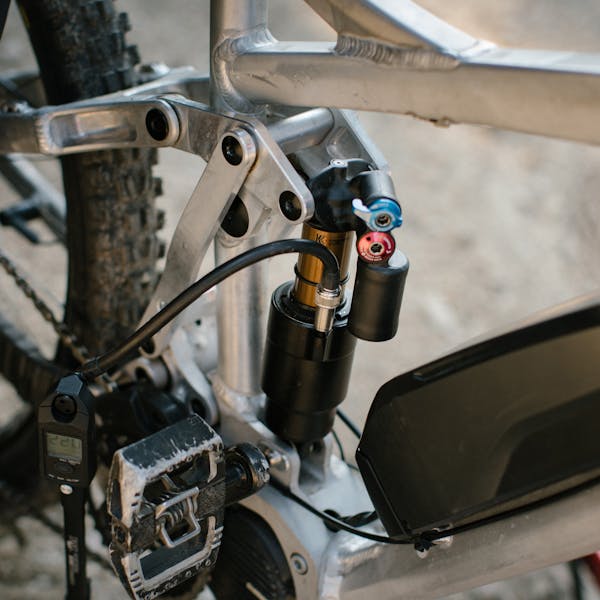
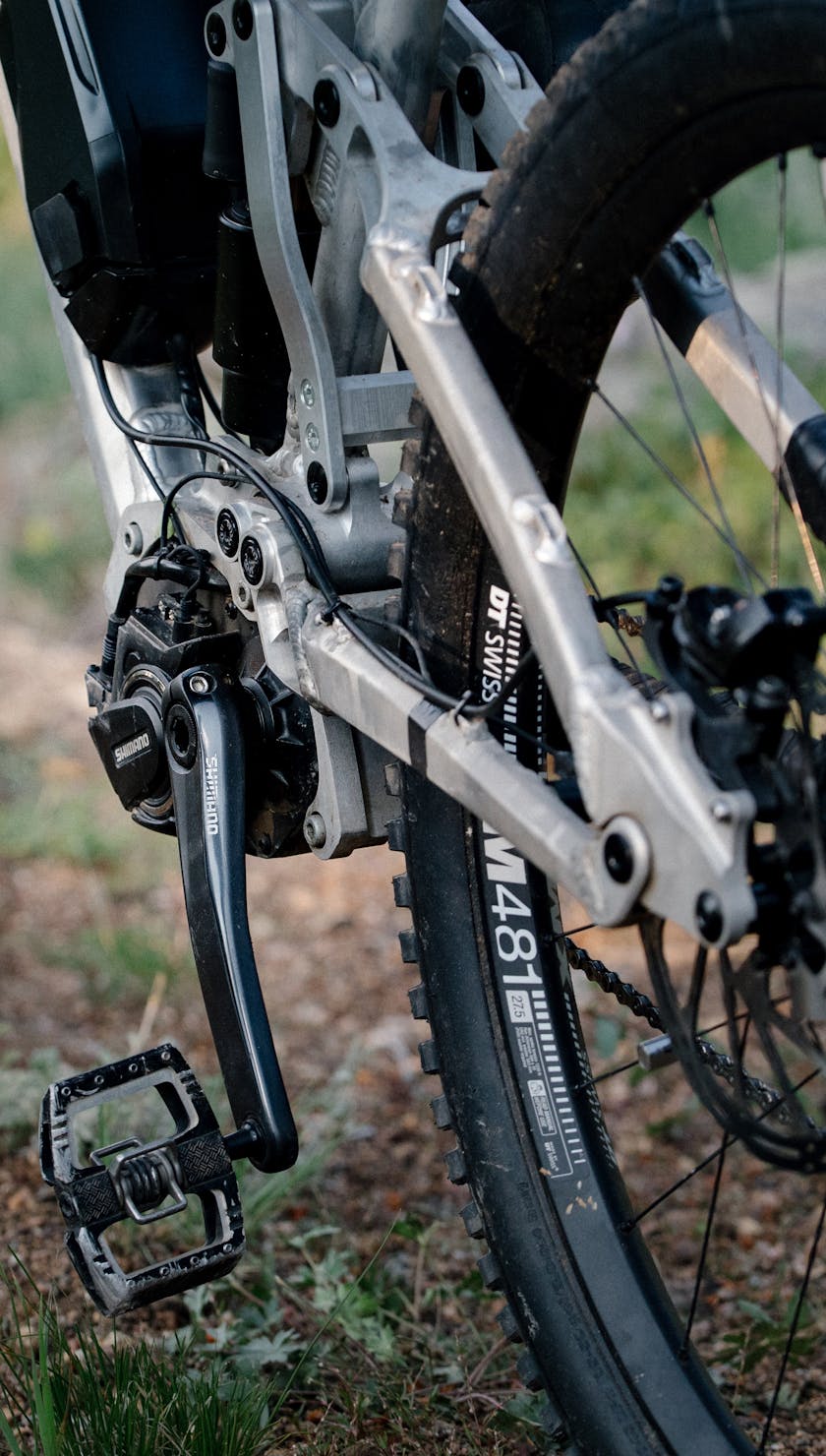
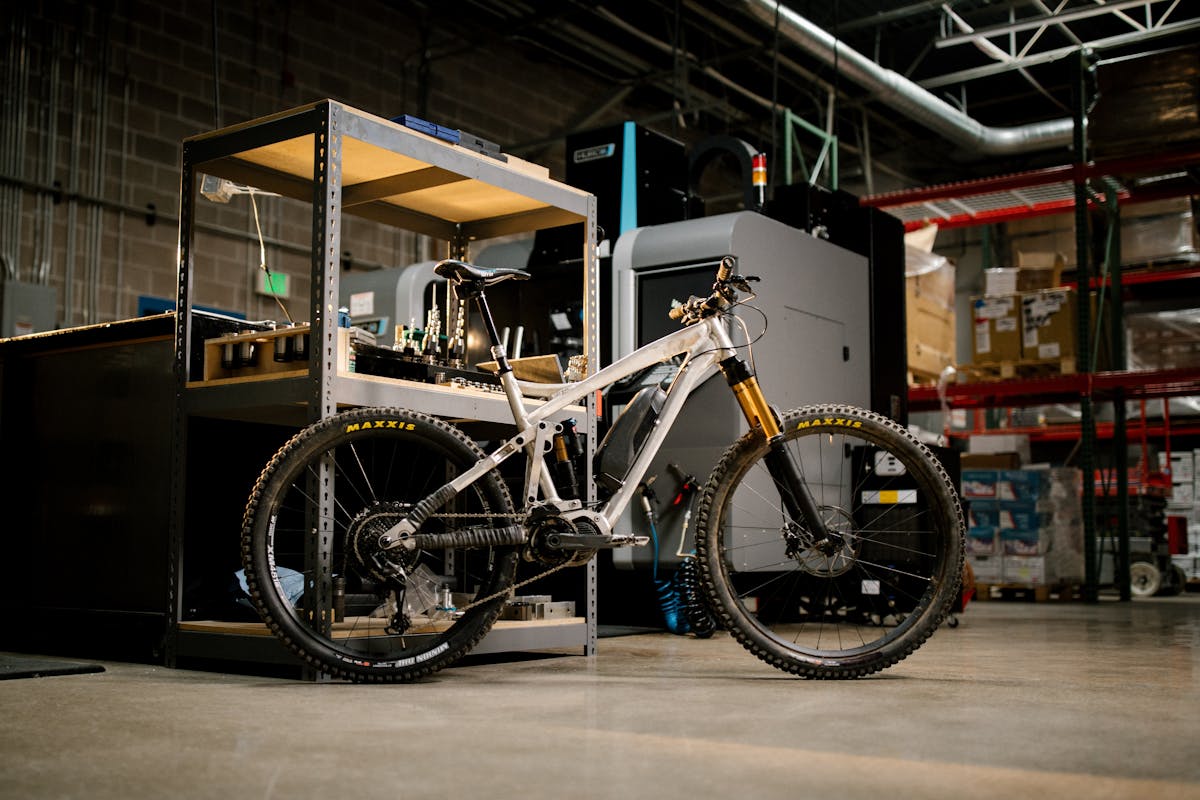
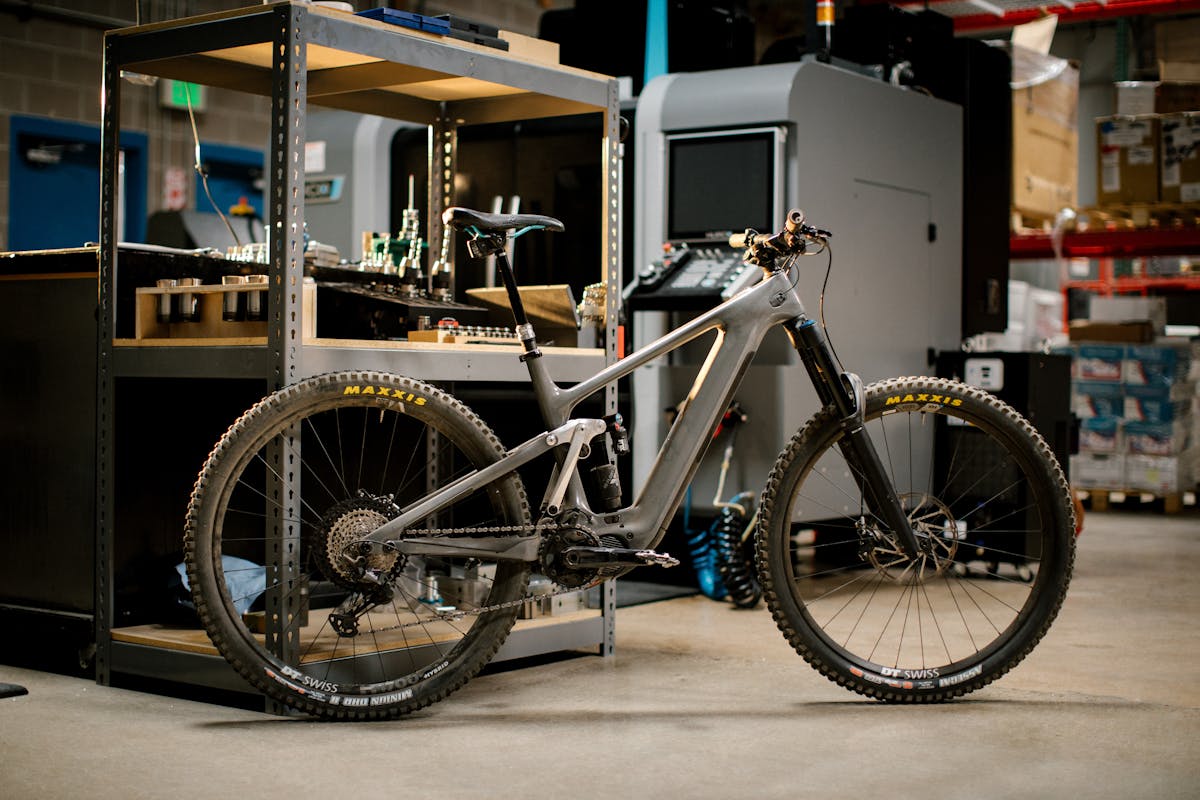
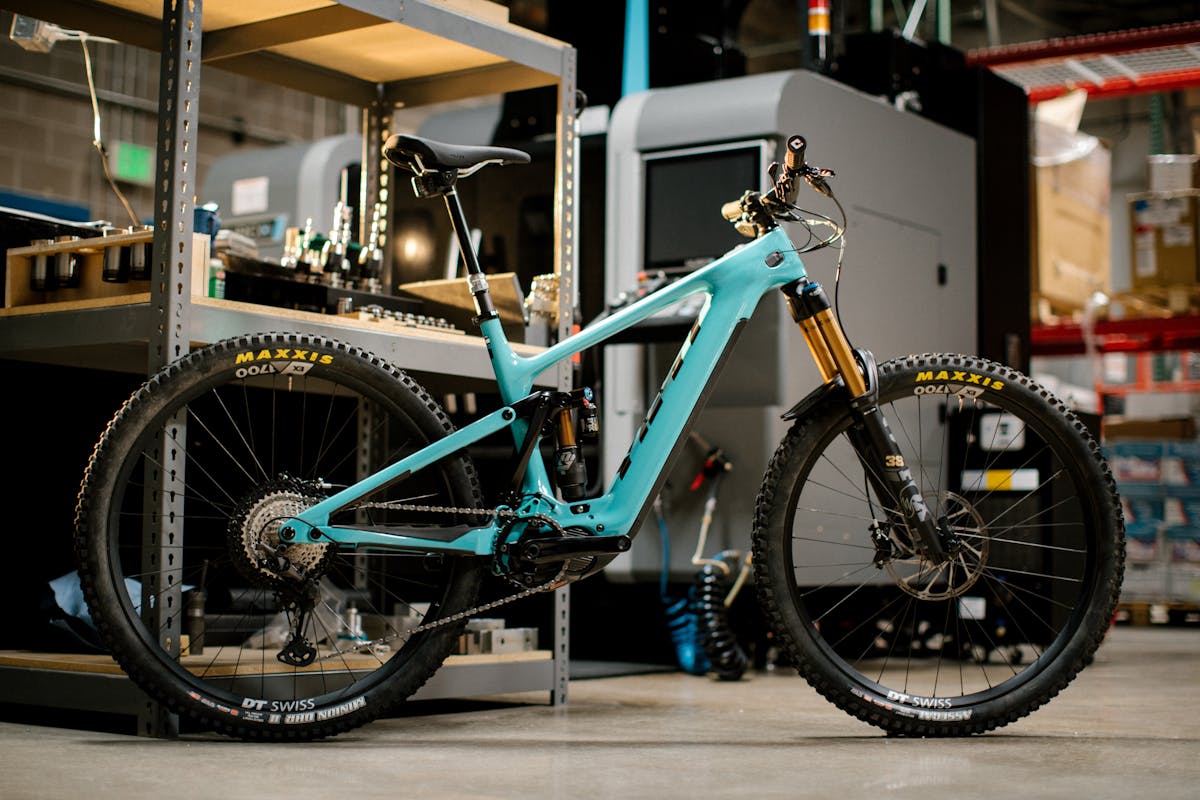
The earliest e-MTB alloy mule we made five years ago was a crude but effective proof of concept. We cobbled it together with tube sets from our SB95 and SB66 and integrated a new six-bar suspension setup into the frame. By today’s standards, the geometry was tight and steep, not nearly as progressive as we would have liked. And it was heavy. Very heavy. But it worked.
In our early testing, we realized there was the need to dial in small bump compliance and traction for uphill pedaling v. downhill traction on fast descent and under hard braking. We deliberately scaled back both anti-squat and anti-rise values to strike the ideal balance between pedaling efficiency and traction. This made the 160E composed, predictable and fast.
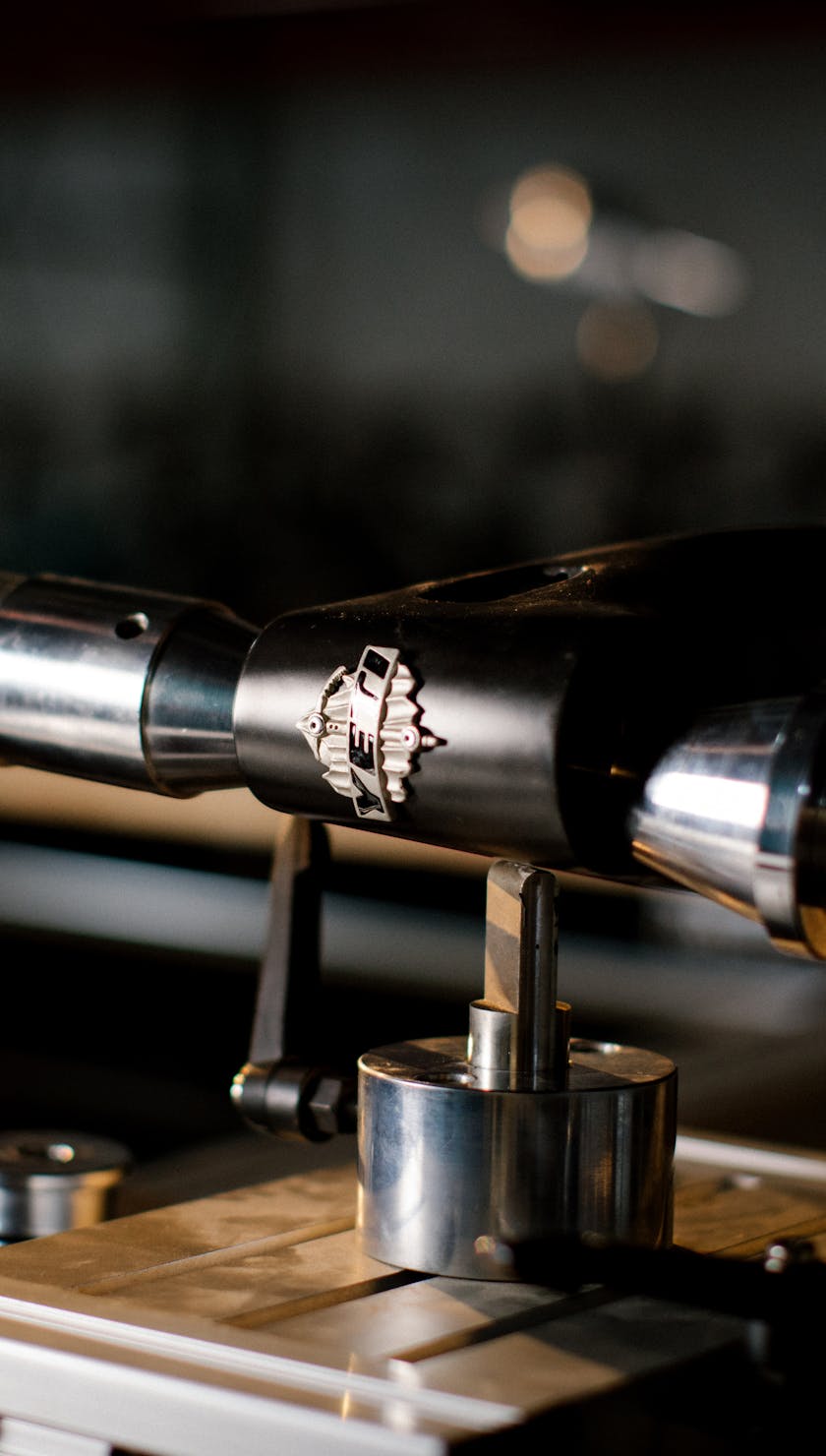
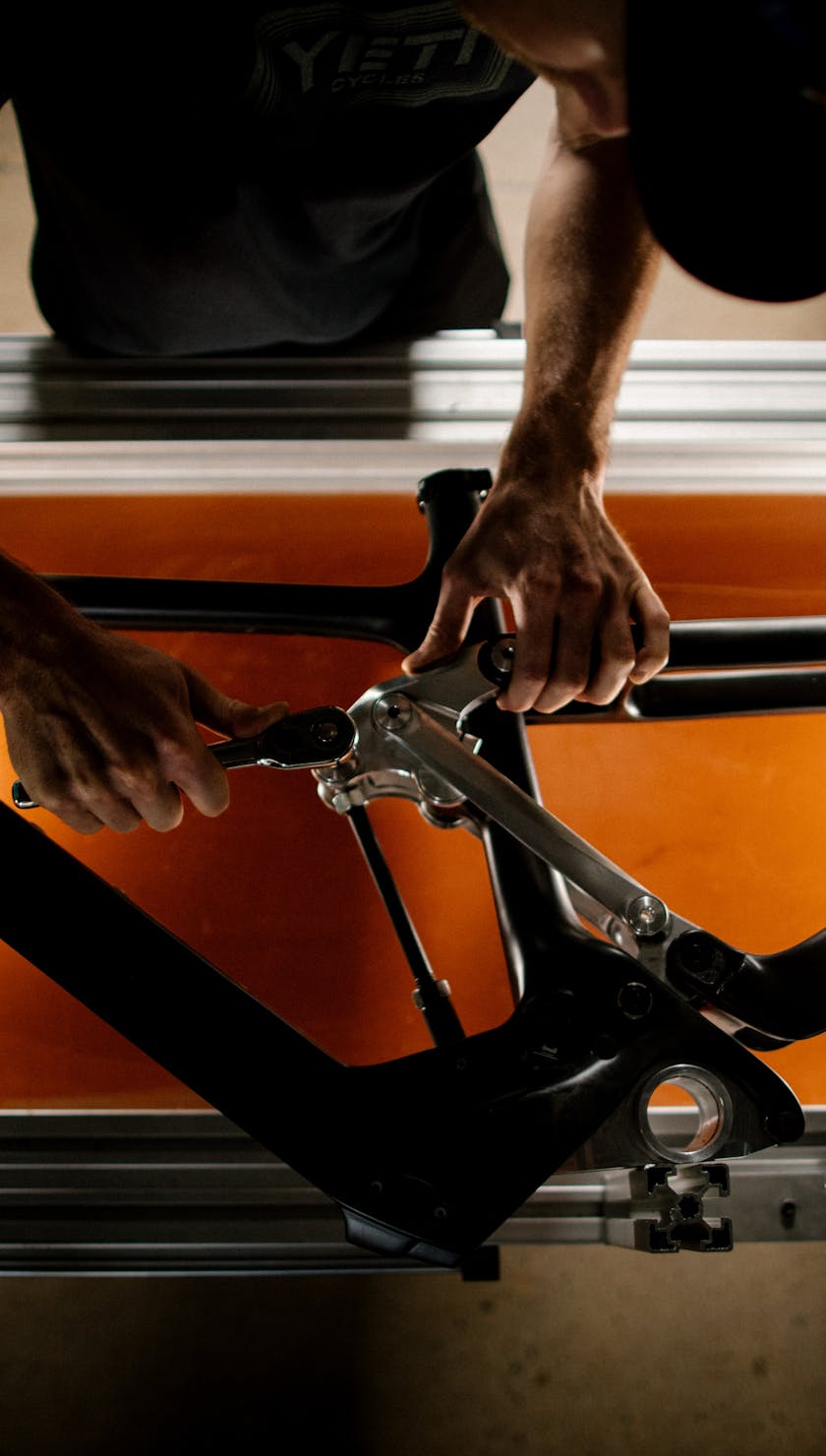
So, how did we solve for all of this? We spent years running pivot point location numbers, shock tuning options and a new 6-bar linkage system through super-bike engi’Nerd minds and big computers to find the best combination out there. What Stretch and the team landed on is a system we call, Sixfinity. A true 6-bar linkage system where the wheel and brake are mounted to the seat stay, meaning that the wheel path, and therefore the key dynamic responses are controlled by all six linkages of the bike, allowing both anti-squat and anti-rise figures to be uniquely tuned to the exact ride characteristics we wanted.
The 160E is a confidence inspiring bike at an entirely new level. It’s a race bike that you can haul ass on. A bike that you can brake hard and late into corners because of how composed, active, and intuitive the suspension handles. It’s 5+ years of hard work. It took time for us to make time and we think we got this one right.
YETI 160EEXPLORE
